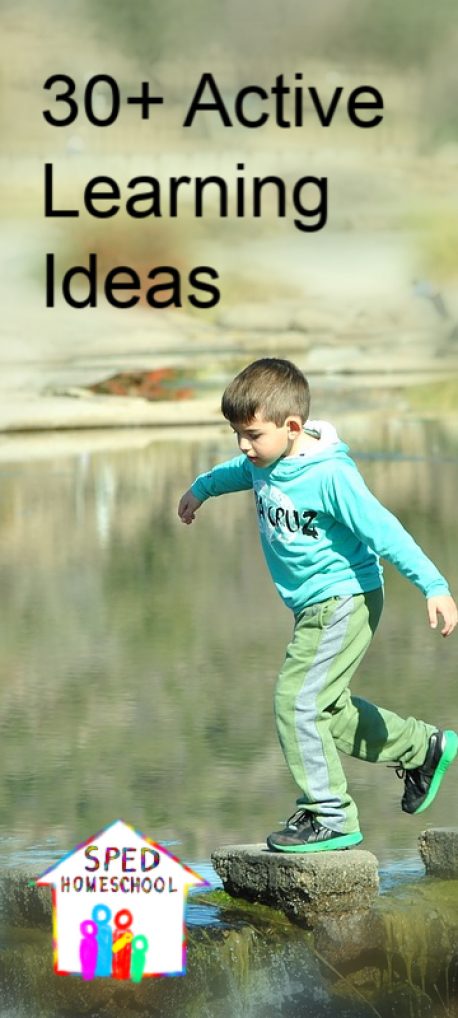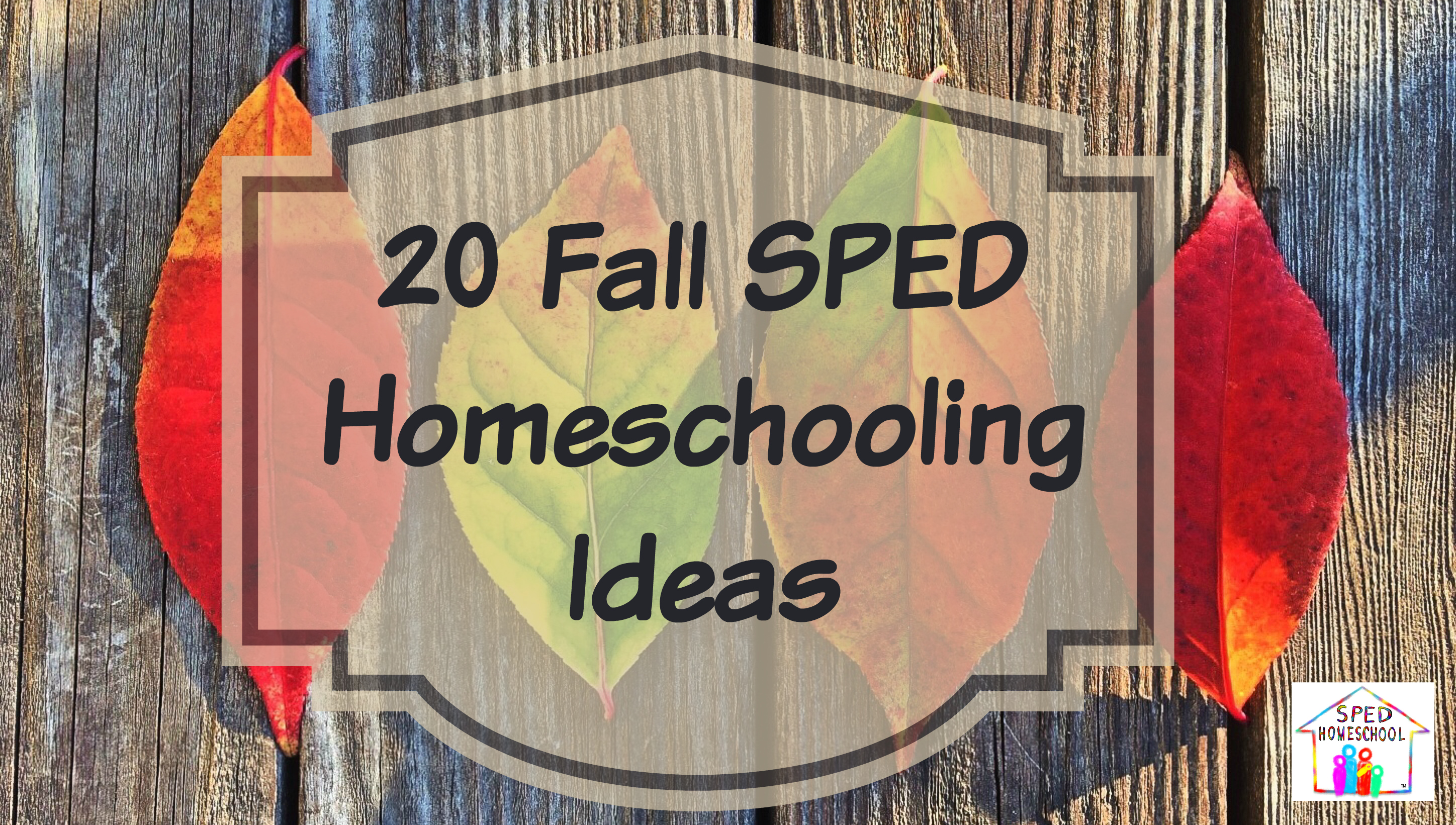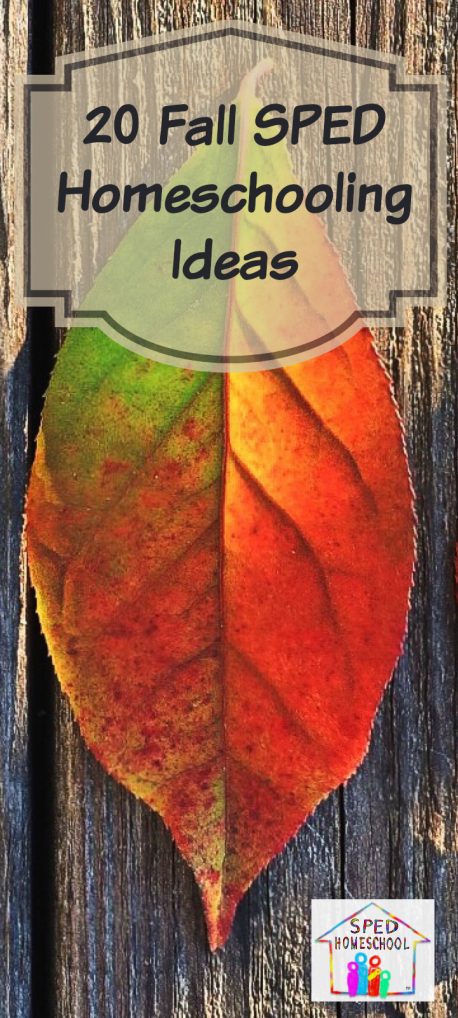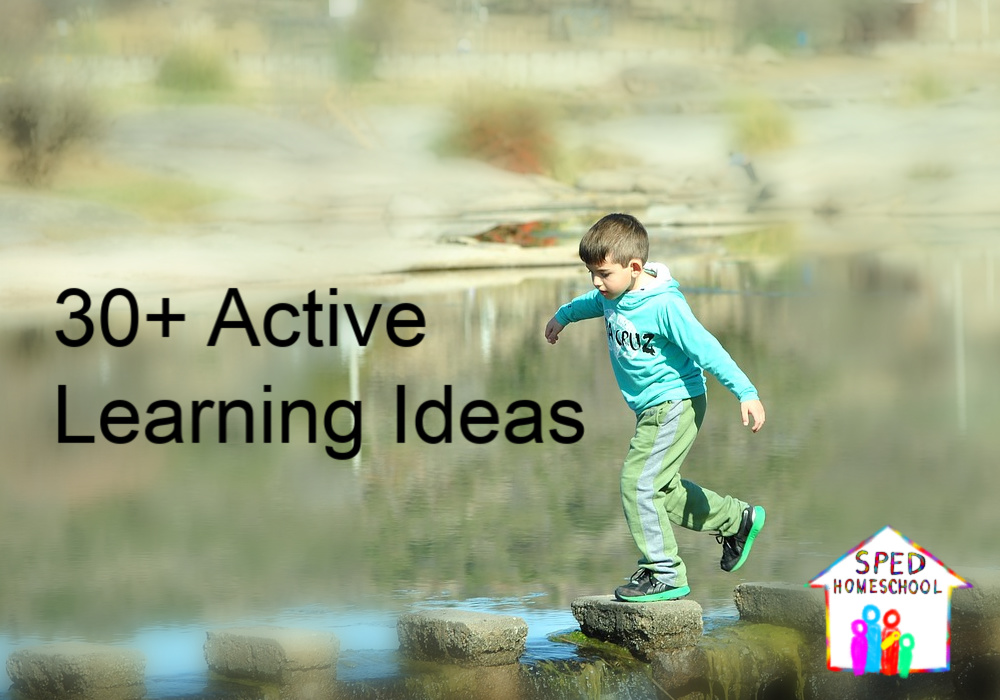
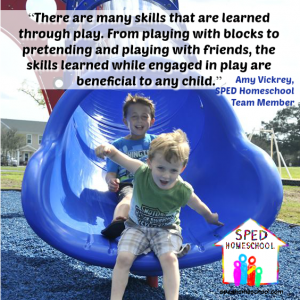 By Amy Vickrey
By Amy Vickrey
Many parents, like myself, are choosing to homeschool because our kids don’t fit the profile of a “typical” student. Especially when your child has Autism or ADHD, or is just a very active, young boy! So, how can you make learning happen with a child who has a hard time sitting still? You make learning active and interactive! Here are some tips to keeping your kids engaged when attention spans are short!
Tips to keeping your kids engaged when attention spans are short!
1- Keep lessons short and focused:
- If my son can complete 5 problems and understand a concept, why solve 10? My goal is mastery, not death-by-worksheets!
- If he needs more practice – I give it to him – after a break, or the next day!
- I focus on one concept at a time – keep things simple and focused.
- More is not always better – sometimes it’s just more!
2 – Reward work as it is getting done:
- Reluctant learners often need praise and reassurance as they complete an assignment, not just at the end.
- Correct errors when they happen – don’t allow your child to practice incorrectly (it takes far longer to unlearn a mistake than to learn it right in the first place).
- Change it up – use different things to reward and keep it interesting!
3 – Work doesn’t have to be worksheets!
- Turn learning into a game by having them “jump” on or “tag” an answer.
- Use manipulatives to work out problems and “see” the answer.
- Use videos, educational apps, and other media to reinforce or introduce a concept
4 – Use movement to your advantage:
- Many kids learn through movement and songs
- Many kids need movement to help move memory from short term to long term storage.
- Activities that cross the “midline” (right/left or top/bottom) are beneficial to activate both sides of the brain, also helping with memory.
- Movement makes learning more fun and engaging!
5 – I’s okay to not sit at the table/desk! I have seen kids:
- Sit on top of the table or counter
- Sit under the table or chair
- Lay on the floor
- Lay on a trampoline
- Sit in a beanbag
- Sit on the grass outside
- Sit in a tree
- Lay under the piano bench
- Inside a closet or cupboard
- On a yoga ball (you can buy one with a stand for added stability)
- Use a Wobble Cushion
- Tie Thera-Bands on the legs of the chair for kids to be able to kick/push against while they are working.
- And so many more! As long as learning is taking place, location doesn’t matter.
6 – Ways to include movement:
- Trampoline
- Park play
- Riding bike/scooter
- GONOODLE.com
- Obstacle courses
- Answering questions with parts of the body
- Playing with blocks
- Sit/bounce on a yoga ball
- Sit/jump on a trampoline
- Stand at an easel/table
- Nature walk
- Exploring local parks, ponds, streams, deserts, etc., for animals specific to your area
- Count birds, squirrels, or other animals as you walk (you can also make up word problems – two birds plus 3 birds is 5 birds; 5 squirrels, two run away, that leaves 3 squirrels).
- Write with sidewalk chalk outside
- Go to the zoo, museum, and other places where you can walk and learn about things
- Bring learning to “life” through unit studies and acting out your learning.
- Answering questions while using a hula hoop
- Using playdoh, clay, and or therapy putty (allergy-friendly playdoh is also available)
- Throwing bean bags, ring toss, or kicking a goal while answering questions

